The 2025 Asia Cross Country Rally (AXCR) concluded its 30th edition from August 8 to 16 across Thailand, marking a milestone in the region’s rally calendar and highlighting the endurance and innovation of participating teams. This event, first held in 1996 and now run annually, gathers over ninety vehicles and multi-national entries each year. The AXCR has grown into a key proving ground for chassis strength and real-world durability, which is why car enthusiasts and manufacturers pay attention.
This year saw the usual high-stakes battle between top-tier teams including Mitsubishi Ralliart, Toyota Gazoo Racing, and Ford, with special interest in how Triton and Hilux variants would perform.
Heading into the rally, the community expected previous winners and large-displacement pickups to lead, but the field was considered more open due to changes in the route, fresh surface repaving, and stricter safety rules following last year’s border issues. Technical discussions focused on brake cooling and tire wear because Thailand’s rainy season often brings unpredictable weather. Some speculated that smaller teams might struggle to keep pace with factory-supported entries over the event’s 3,247.72 kilometers and eight legs.
Day one began with a ceremonial start in Pattaya, quickly evolving into a test of resilience as ruts and rocks appeared in early stages. Rainstorms in Khao Yai created visibility issues and mud, dramatically impacting speed and control. By leg five, continuous downpours had severely rutted the course, slowing even previous AXCR champions. Organizers canceled some border-adjacent legs for safety, redirecting the route to rougher terrain near Prachin Buri, which only worsened as the rally progressed. Mitsubishi Ralliart’s Chayapon Yotha, who began 12th, surged to take the overall lead by leg three, maintaining position despite getting stuck in leg five’s mud. Both team and privateer entries faced mechanical attrition; especially with suspension and brake failures. Taguchi recovered to finish fifth after an impressive performance in leg five. Toyota’s Mana Pornsiricherd secured second place, while Bailey Cole brought Ford to third with consistent driving through difficult stages. Ralliart locked down the Team Award.
Hot, humid conditions and frequent storms kept tire compounds close to their thermal limits all week. Cooling systems struggled with recurring mud and clogged airflow, leading to brake fade in longer stages. Aerodynamic setups mattered little compared to ground clearance in these conditions; something builders and engineers like myself observe closely, particularly with regard to paint protection and materials resilience. Watching Mitsubishi’s winning Triton endure rapid temperature shifts and abrasive surfaces reminded me of the practical tests our films face: real durability is earned under rapid cooling, mud abrasion, and sun-baked transitions.
All in all, expectations for dominant favorites ran headlong into the realities of course cancellations, mechanical failures, and weather-induced chaos. Chayapon Yotha (Mitsubishi Triton) won overall by seven minutes over Toyota’s Mana Pornsiricherd, and Bailey Cole finished third for Ford. Taguchi completed the rally in fifth, Ralliart won the Team Award, and the event reaffirmed that in cross-country rallying, adaptability and thermal management outrank theoretical factory advantage every time.
***
Wessen Char is UPPF’s petrolhead who still mourns the loss of Saab (and drove her 9-5 NG till 2025). She travels between US and Europe to cover auto events. She acknowledges the chic tech of EVs but wonders if the inexorable move to everything digital is ultimately all-better. Analogue had more soul somehow :)


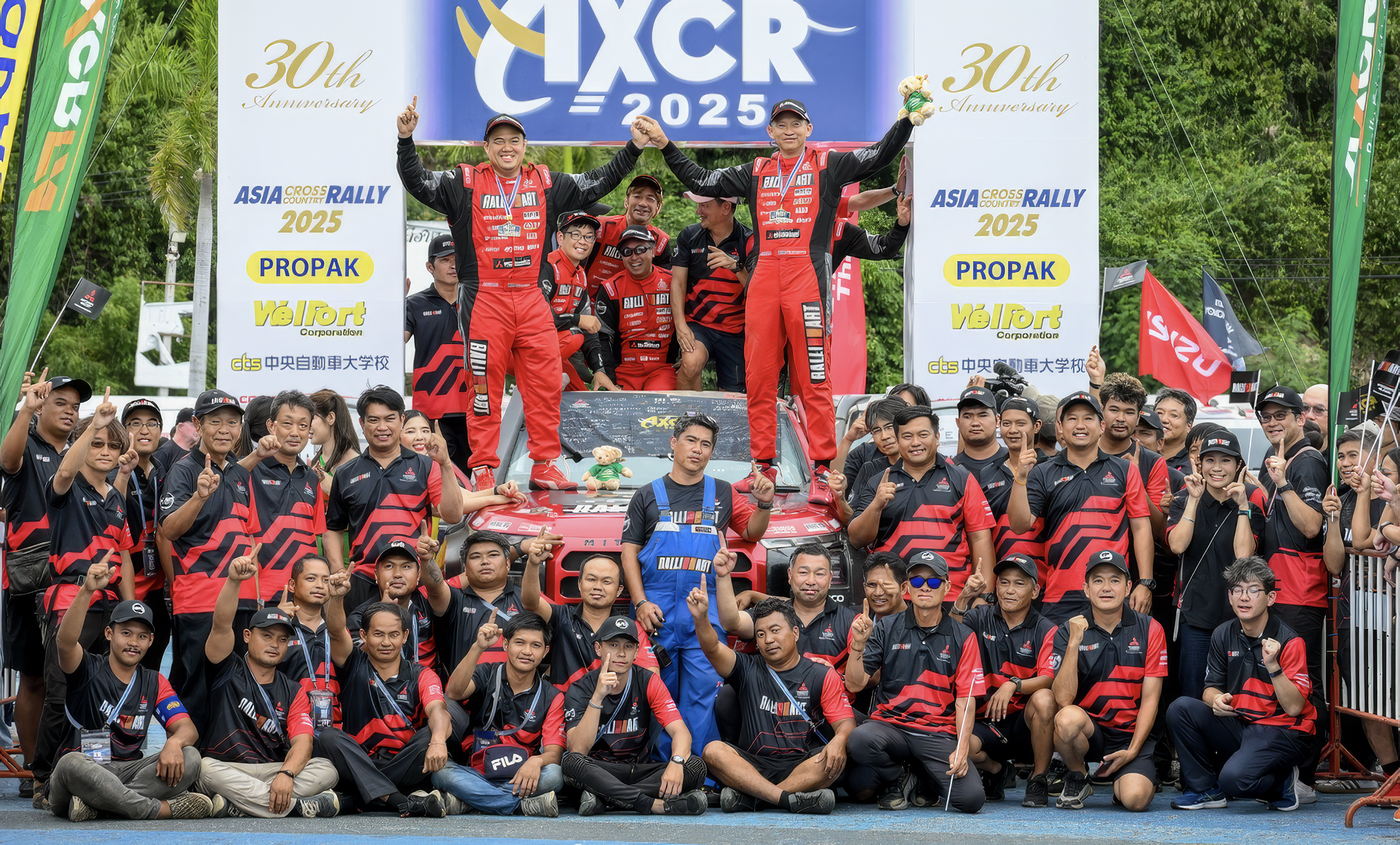
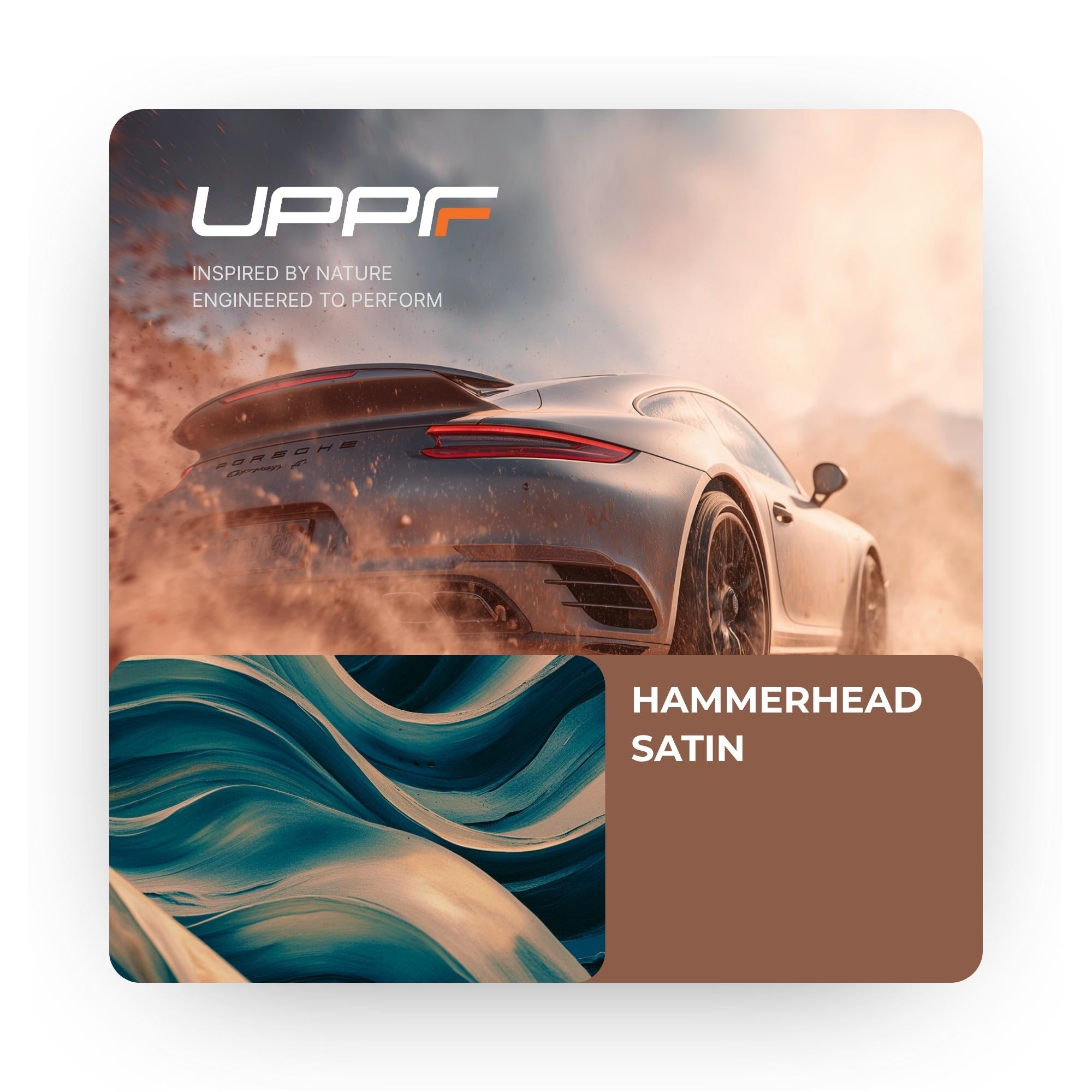
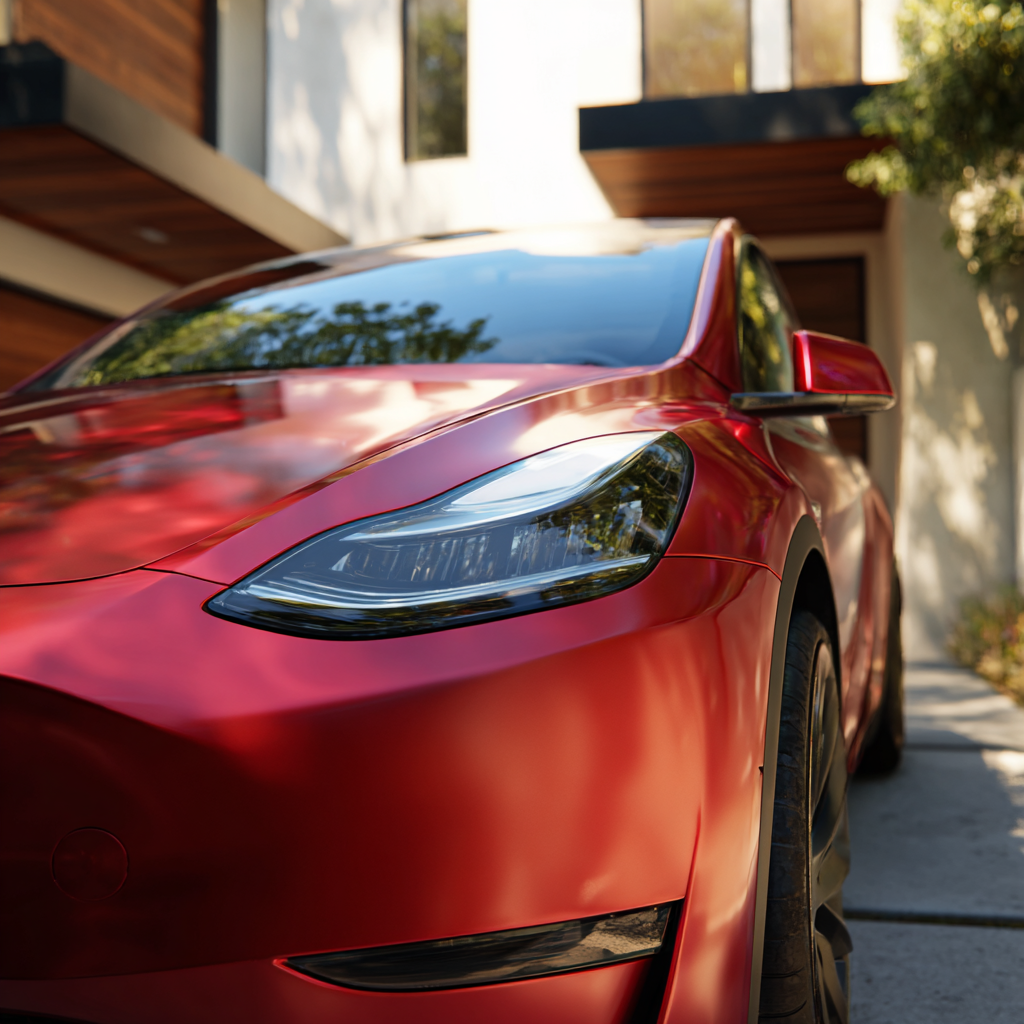


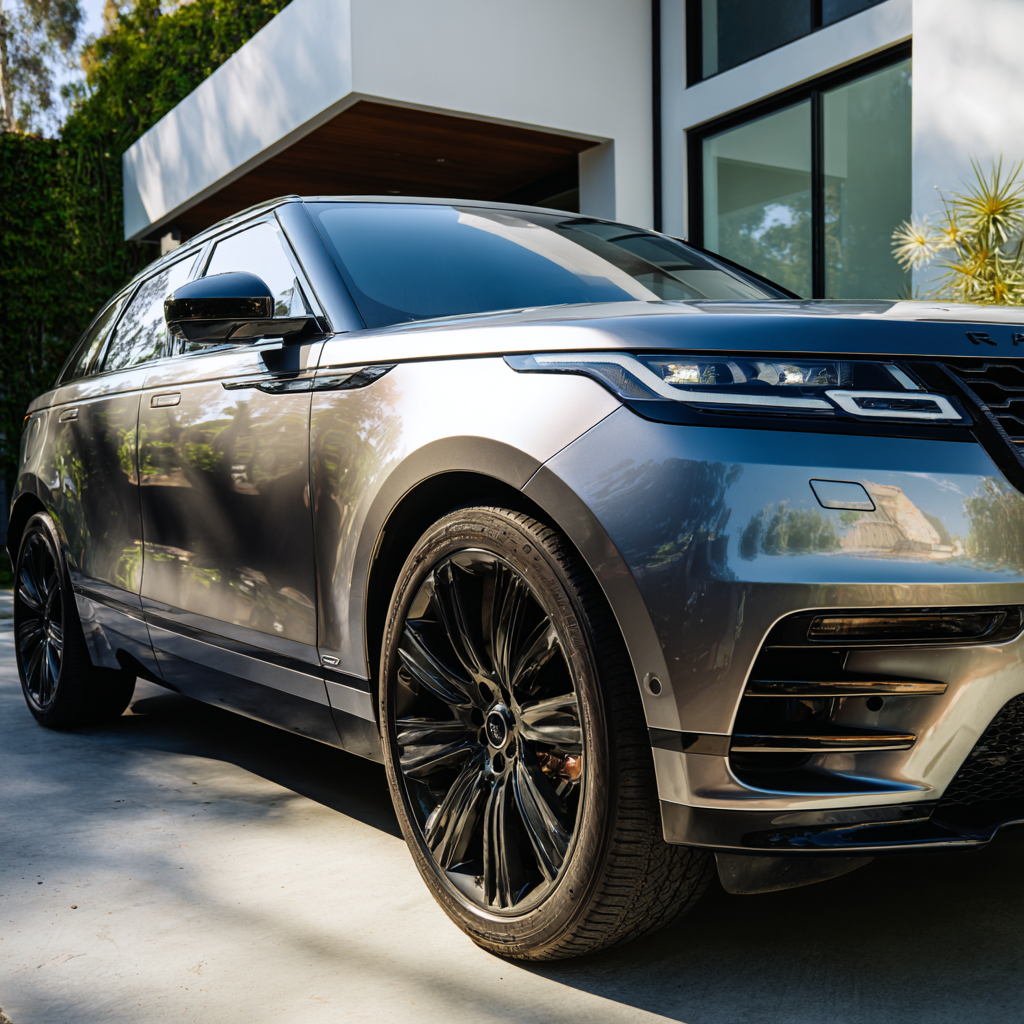



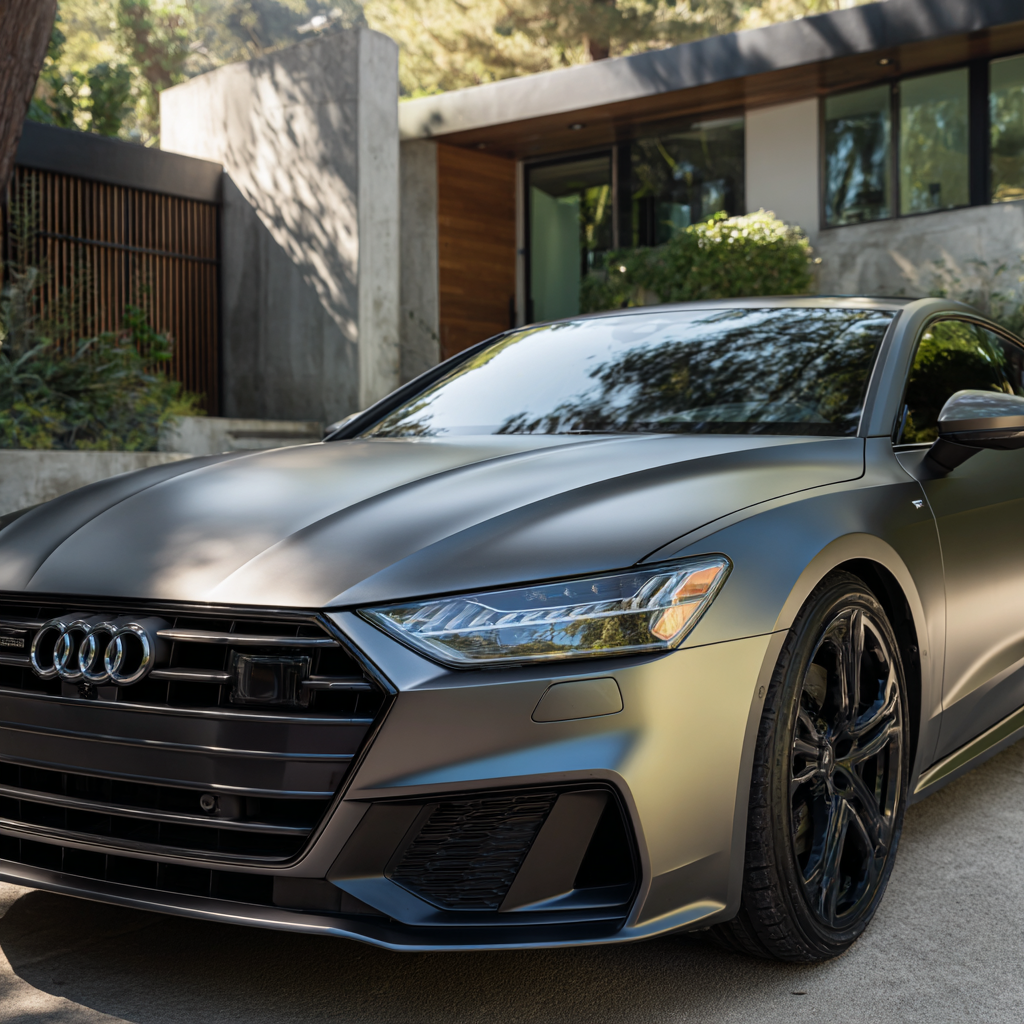
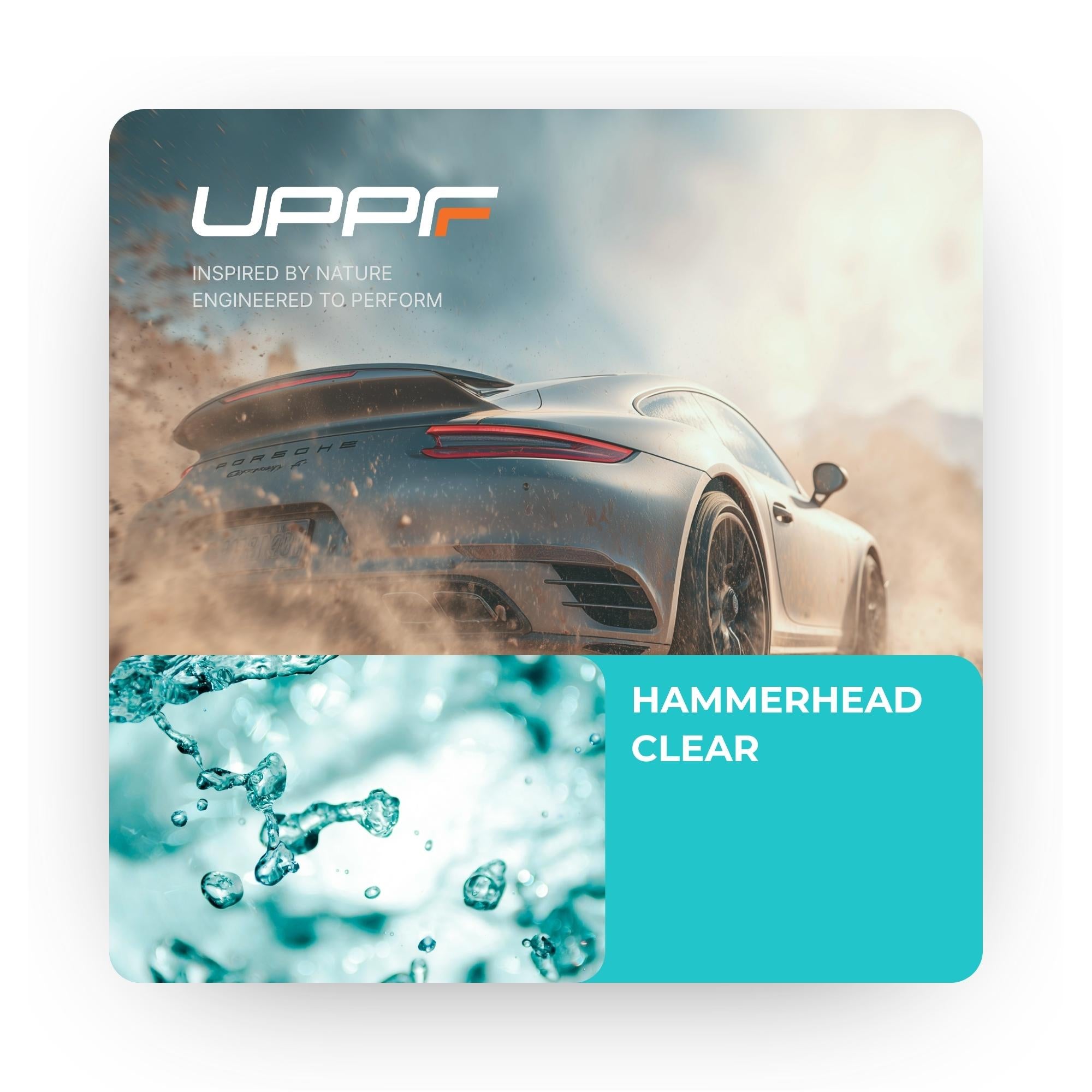






Share:
ADAC RAVENOL 24h Nürburgring
Belgium’s Rally van Haspengouw 2025 Recap